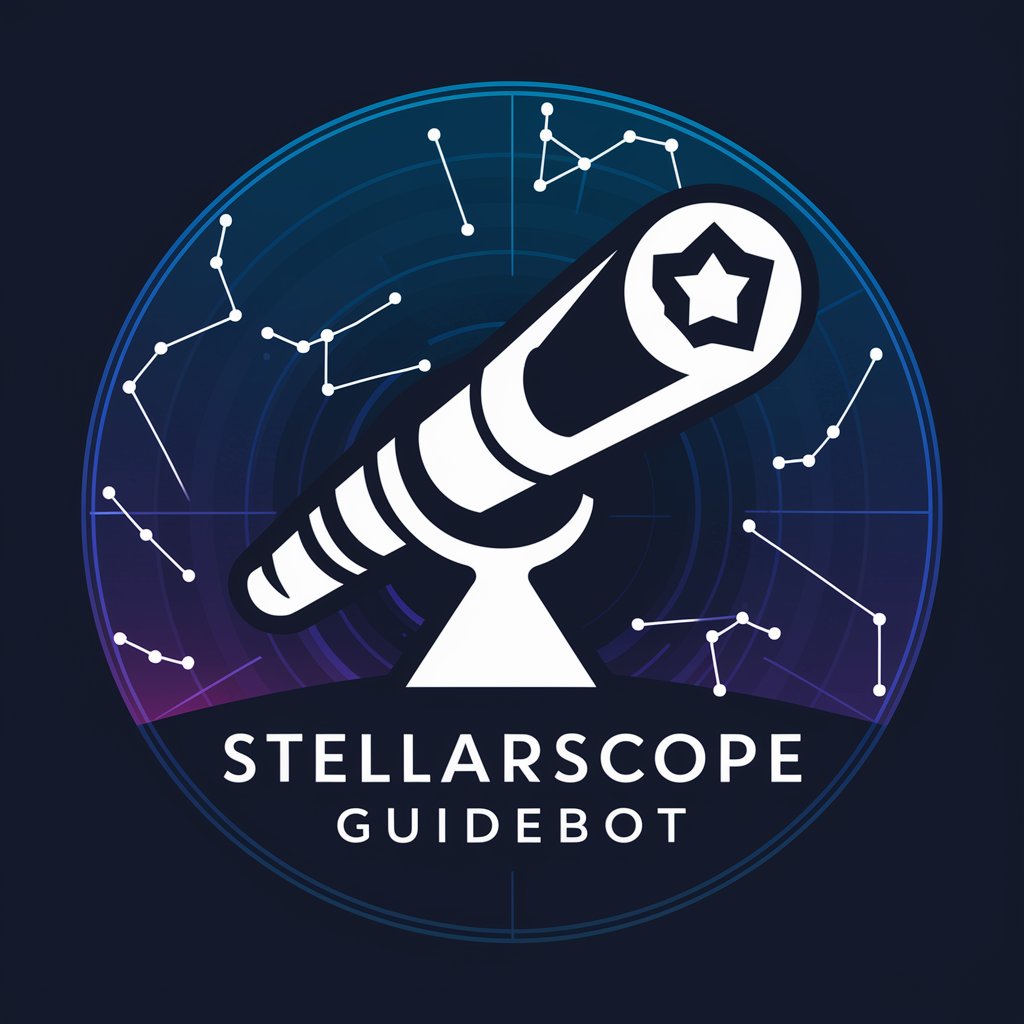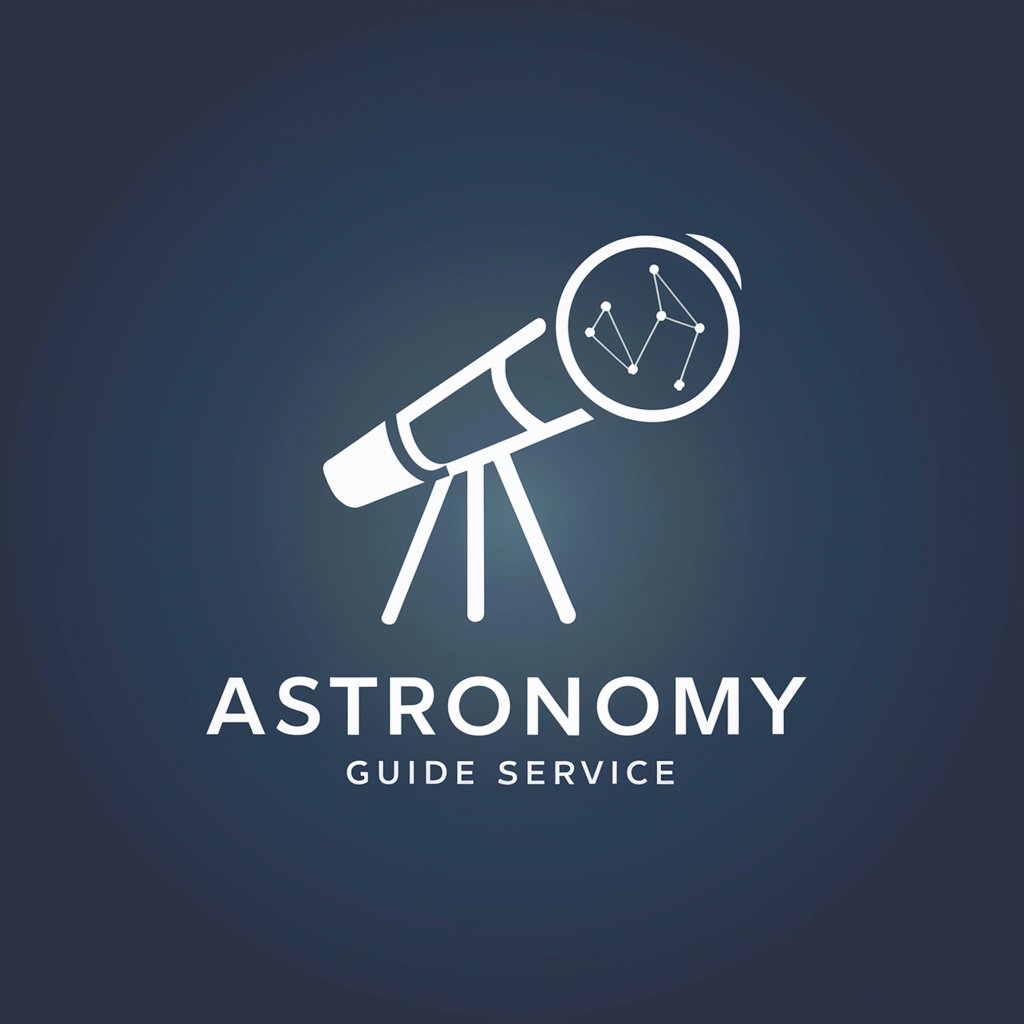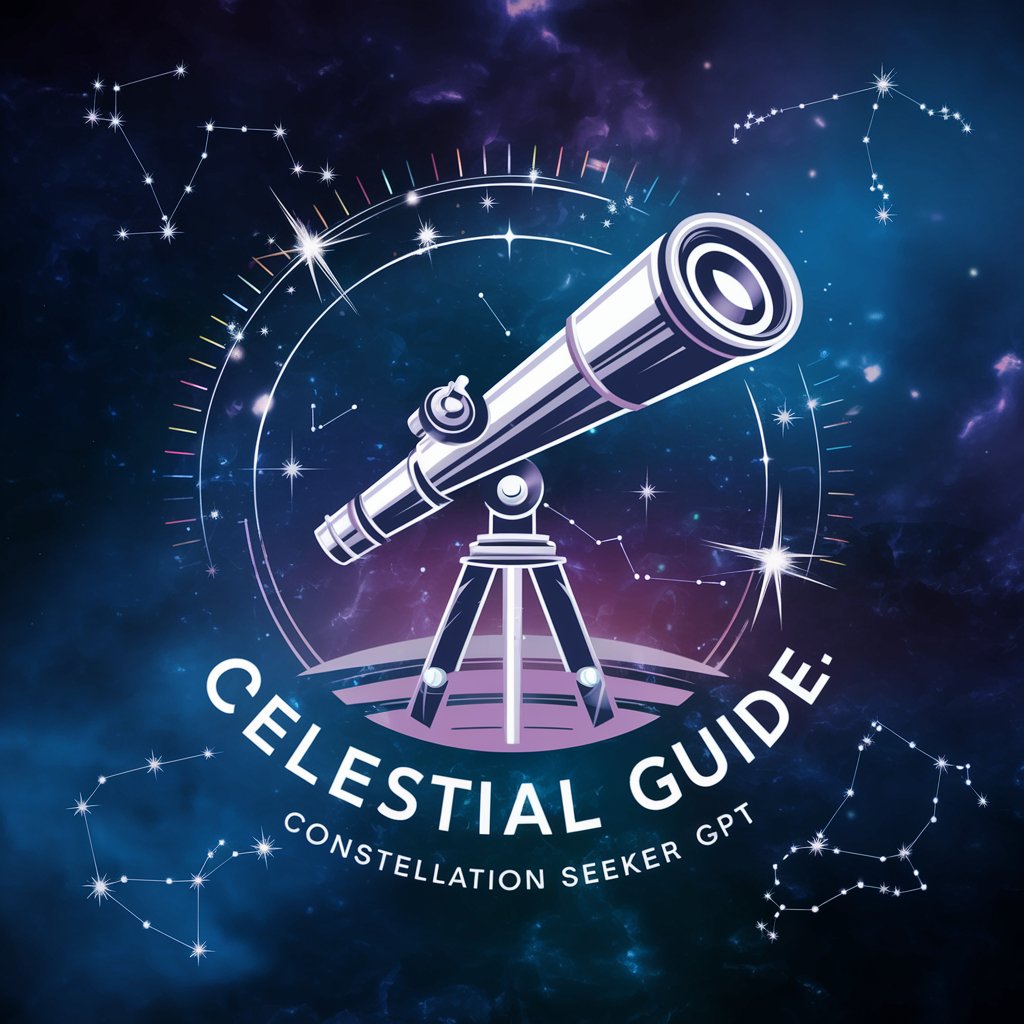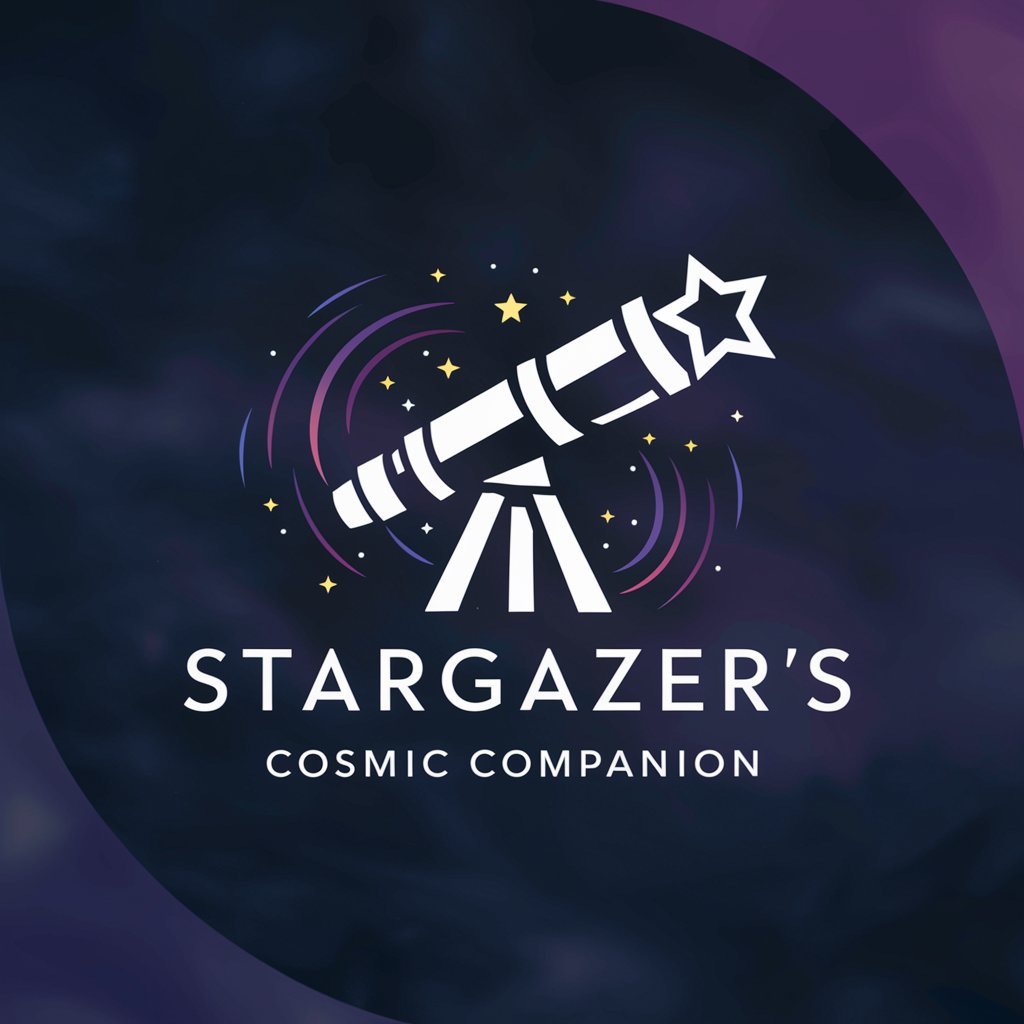
🌌✨ Celestial Object Identifier 🌠🔭 - Celestial Identification

Welcome! Let's explore the wonders of the night sky together.
Illuminate the cosmos with AI-powered identification.
Can you help me identify this celestial object in the image I uploaded?
What are the main characteristics of the Orion Nebula?
How can I observe the Andromeda Galaxy with a telescope?
Tell me about the historical significance of the North Star.
Get Embed Code
Celestial Object Identifier GPT
The Celestial Object Identifier GPT is designed to assist users in identifying and learning about various celestial objects in the universe. This includes stars, planets, galaxies, nebulae, and more. By analyzing images of the night sky or written descriptions provided by users, this GPT utilizes a comprehensive database of celestial objects and an image recognition system trained specifically on these objects to accurately determine what is being observed. It's equipped with the ability to access the latest astronomical data through web browsing functions and can generate images of celestial objects upon request. This GPT serves both as an educational tool and a guide for amateur astronomers, students, and anyone interested in the cosmos, providing insights into the characteristics, constellations, and historical significance of celestial bodies. Powered by ChatGPT-4o。

Main Functions and Use Cases
Identification of Celestial Objects
Example
Analyzing an image of the night sky to identify specific stars, planets, or galaxies.
Scenario
An amateur astronomer uploads a photo of a starry sky wondering what a particularly bright object is. The GPT identifies it as Jupiter, providing details about its position in the sky, visible moons, and interesting facts.
Providing Astronomical Data
Example
Offering information about the characteristics and historical significance of celestial bodies.
Scenario
A student asks for information about the Andromeda Galaxy. The GPT explains it's the closest spiral galaxy to the Milky Way, discusses its size, distance from Earth, and its eventual collision with the Milky Way.
Generating Images
Example
Creating visual representations of celestial objects not visible to the naked eye.
Scenario
A user is curious about nebulae but lives in a city with heavy light pollution. They request an image of the Orion Nebula, and the GPT generates a detailed visual based on the latest data.
Target User Groups
Amateur Astronomers
Individuals with a passion for stargazing and learning about the cosmos. They benefit from the ability to identify celestial objects they observe and gain deeper insights into their characteristics and significance.
Students and Educators
Students learning about astronomy and educators teaching it can use this GPT to access detailed information and images for educational purposes, enhancing learning and teaching experiences.
Astronomy Enthusiasts
Anyone with an interest in the night sky, from casual observers to those seeking to expand their knowledge of the universe. This GPT provides an accessible way to explore and learn about celestial phenomena.

How to Use Celestial Object Identifier
1
Start by visiting a platform offering a straightforward and free trial, with no requirement for a login or ChatGPT Plus subscription.
2
Upload an image of the night sky or describe the celestial scene you're interested in identifying. Ensure the image is clear and focused for best results.
3
Submit your image or description for analysis. The system will use its database and image recognition capabilities to identify celestial objects.
4
Review the results, which will include names, characteristics, and other interesting facts about the identified celestial objects.
5
For further exploration, use the provided information to learn more about constellations, star names, and the significance of celestial objects in various cultures.
Try other advanced and practical GPTs
🌏👗 Global Attire Identifier AI
Unravel the world's attire, powered by AI

🪨 GeoRock ID Mastermind 🌍
Discover Earth's Secrets with AI

🚦 Multilingual Sign Reader 🛑
Navigate global streets with AI-powered translations.

🔍 Brand Logo Identifier GPT 🔎
Unveil Brand Secrets with AI

🌍💸 Global Currency Expert 🏦💹
Navigate currency markets with AI-powered insights

🌺 Blossom Identifier Bot 🤖
Discover flowers with AI-powered precision
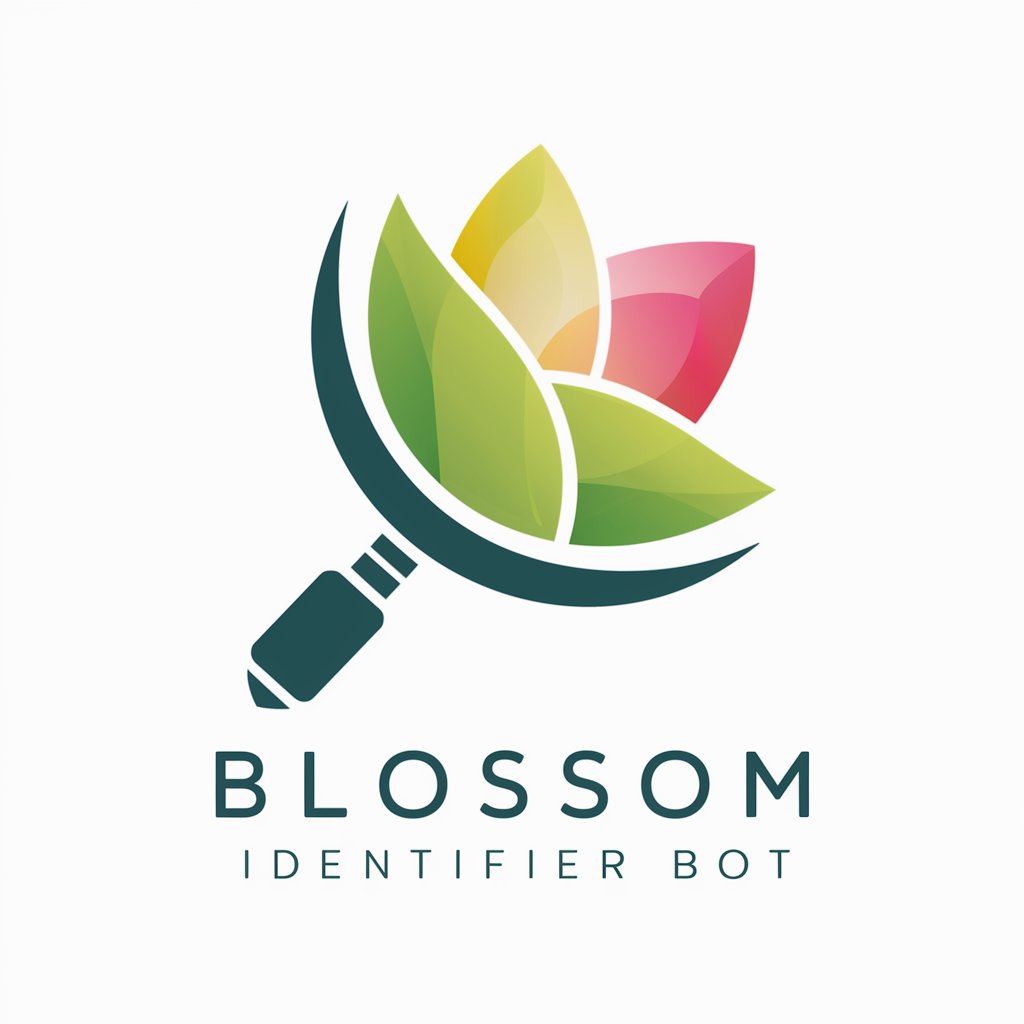
🏺 Antiquity Treasures Sleuth 🕵️♂️
Unlocking the secrets of history with AI
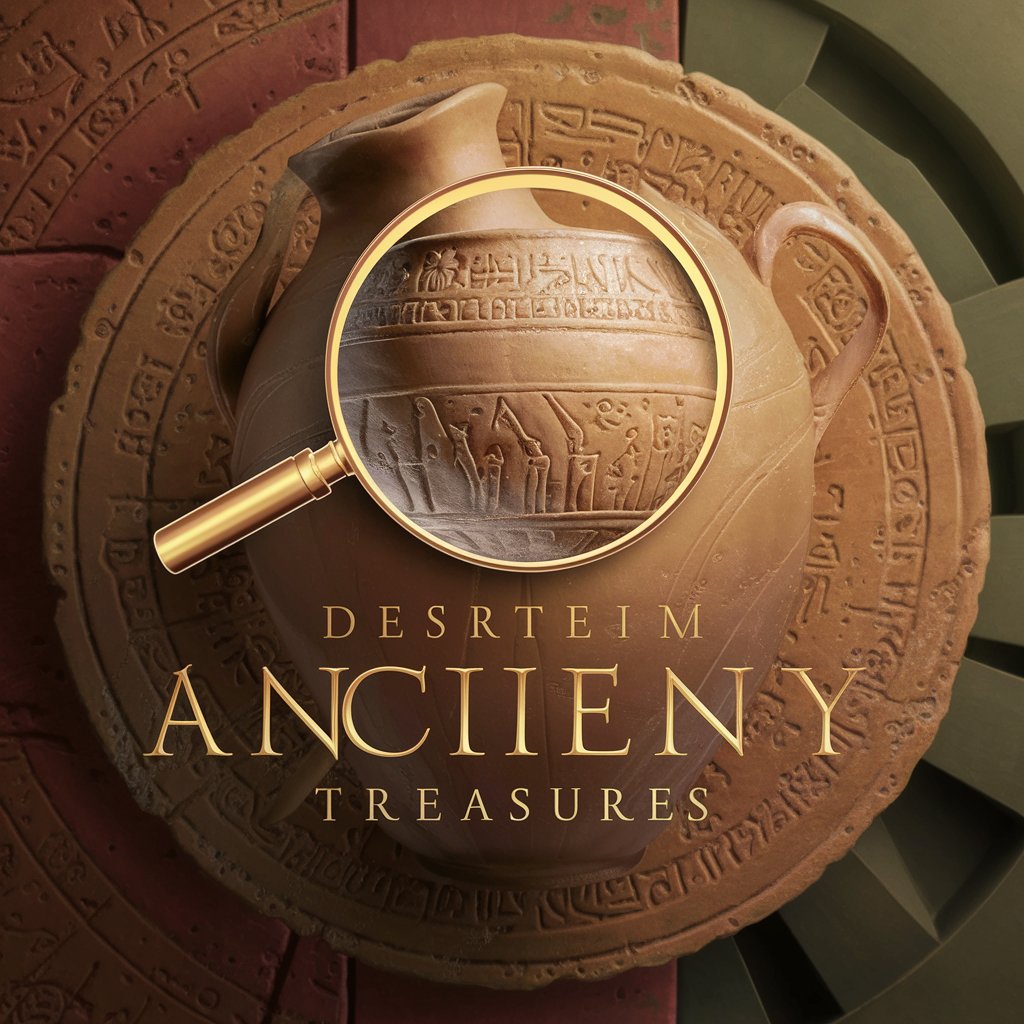
🐞🔍 Insect Inspector Pro
AI-powered insect identification at your fingertips.

🐦 Avian Identifier Expert 🦉
Discover Birds with AI-Powered Precision
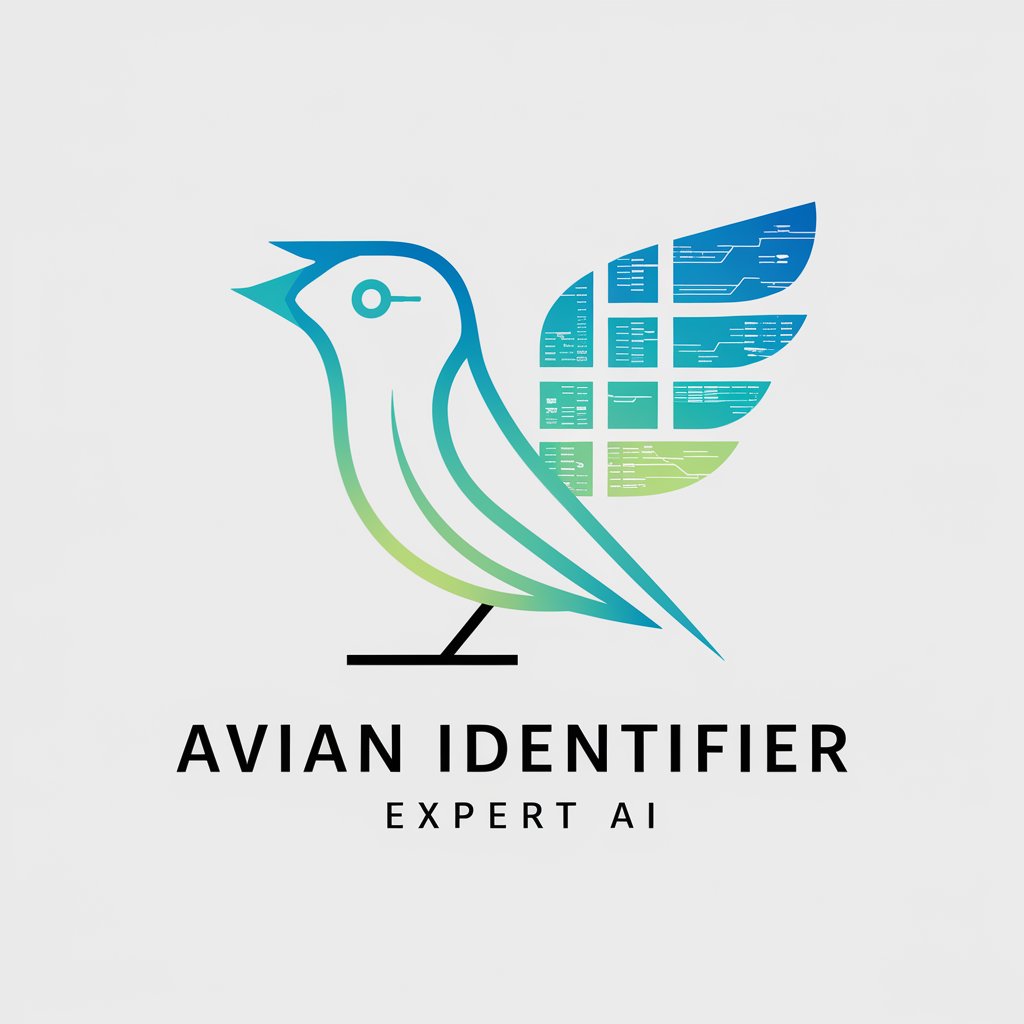
☁️ Cloud Type Identifier Helper
Unlock the skies: AI-powered cloud identification

🏛️ Architectural Style Sleuth AI 🕵️
Unlock architectural secrets with AI-powered style identification.

🎨👀 Street Art Scholar GPT
Deciphering the Streets: AI-Powered Art Insights

FAQs about Celestial Object Identifier
What types of celestial objects can be identified?
The Celestial Object Identifier can recognize various types of celestial bodies, including stars, planets, galaxies, nebulae, and comets, among others.
How accurate is the celestial object identification?
Accuracy varies based on image quality and visibility of celestial objects, but the system is designed with advanced algorithms to provide the most accurate identification possible.
Can it identify celestial objects in urban areas with light pollution?
While light pollution can affect visibility and identification, the system is optimized to recognize objects even in less-than-ideal conditions, though results are better with clearer skies.
Is there a way to learn more about the identified objects?
Yes, alongside identification, the tool provides information about the history, significance, and scientific facts of the celestial objects to enhance learning and exploration.
How can educators use this tool in teaching astronomy?
Educators can incorporate this tool into their lessons to help students visually identify celestial objects and learn about their characteristics, promoting interactive and engaging learning experiences.
